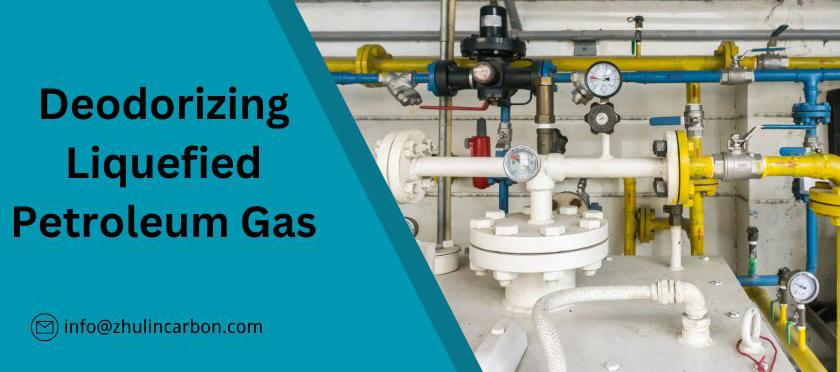
Liquefied Petroleum Gas Deodorization Method
LPG deodorizer from industrial processes requires careful selection of appropriate adsorbents. Each type of adsorbent offers unique advantages and limitations, making it crucial to understand their characteristics for optimal application. In LNG deodorization systems, silica gel primarily serves as a pretreatment desiccant rather than a deodorization agent. While excellent at water absorption, it's less effective at removing sulfur compounds like THT and EMS. Typically, silica gel is installed at the system's front end to remove moisture and protect downstream adsorbents like activated carbon or molecular sieves, creating an effective multi-stage purification process.Activated carbon for Liquefied Petroleum Gas
Activated carbon can effectively adsorb odor molecules due to its developed microporous structure and huge specific surface area. Its unique surface chemical properties and diverse functional groups make it have a strong adsorption capacity for sulfur-containing compounds. Activated carbon has the characteristics of moderate cost and stable effect, but the effect may be affected in high humidity environment.Molecular sieves
Molecular sieves can accurately capture odor molecules of a specific size due to their uniform pore structure and selective adsorption properties. They have excellent thermal stability and mechanical strength and are not affected by humidity. However, compared with activated carbon, molecular sieves are more expensive and the regeneration process is more complicated.
Activated carbon provides cost-effective odor removal through microporous adsorption, while molecular sieves offer precise separation but at higher cost. Both are effective for LPG deodorization, with different strengths in humidity tolerance and regeneration needs.

